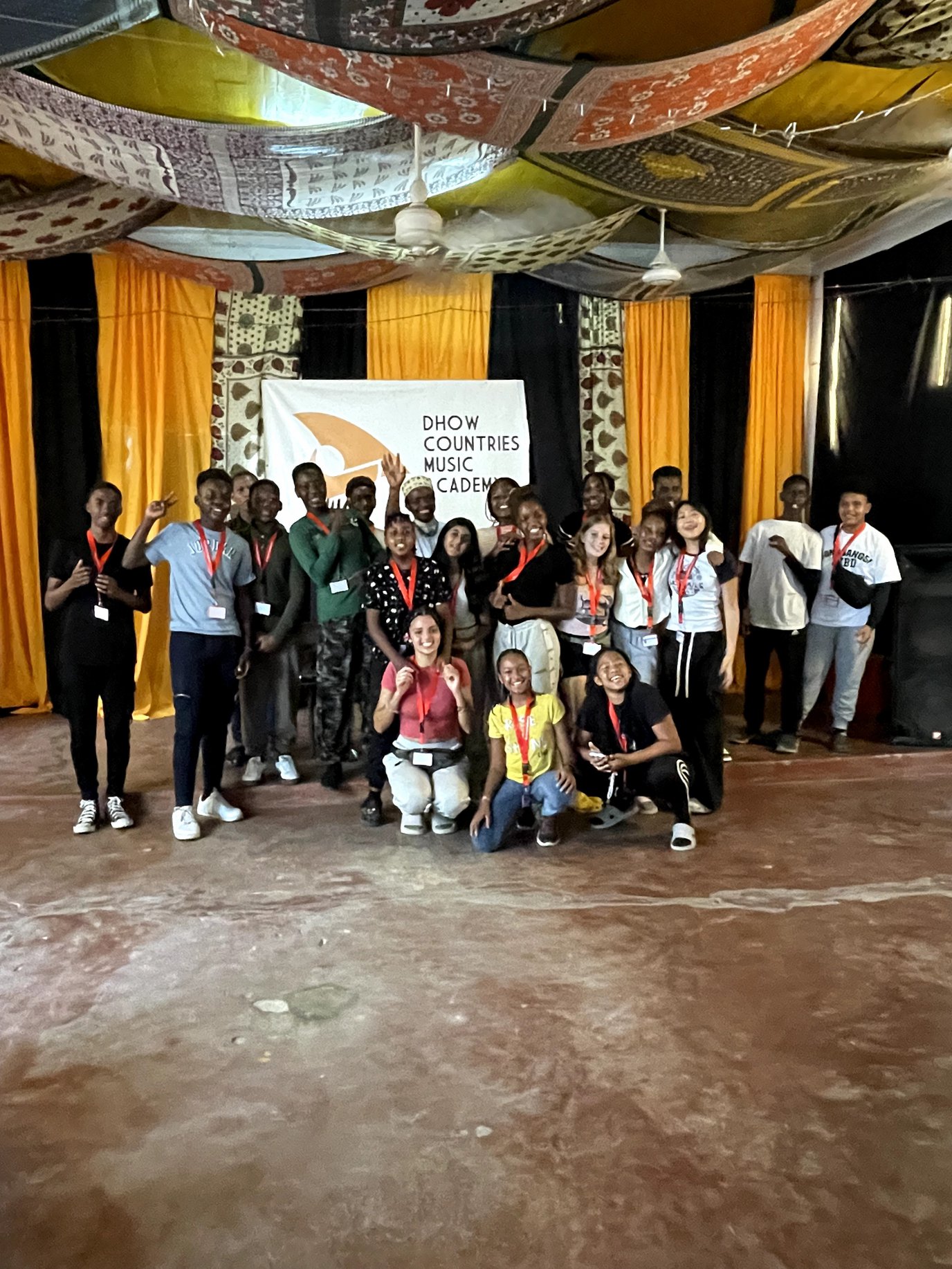Yr8 Trip to Zanzibar Stone Town & Jambiani Beach
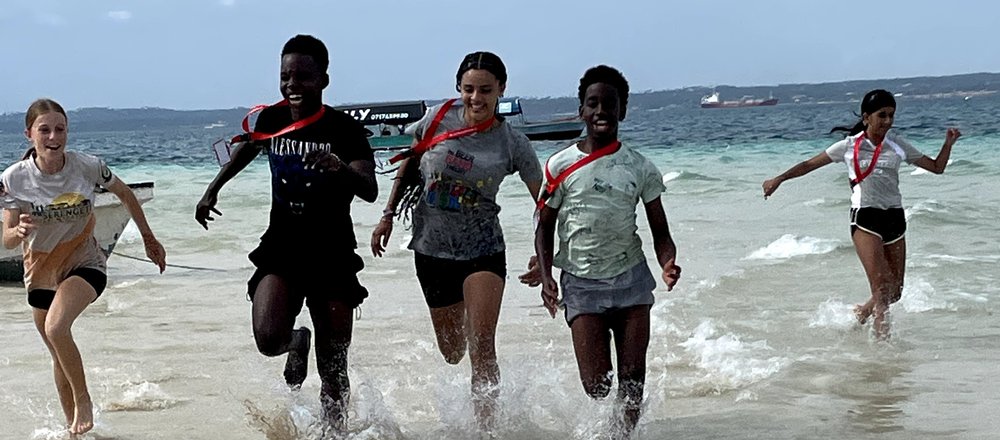
13th June 2024
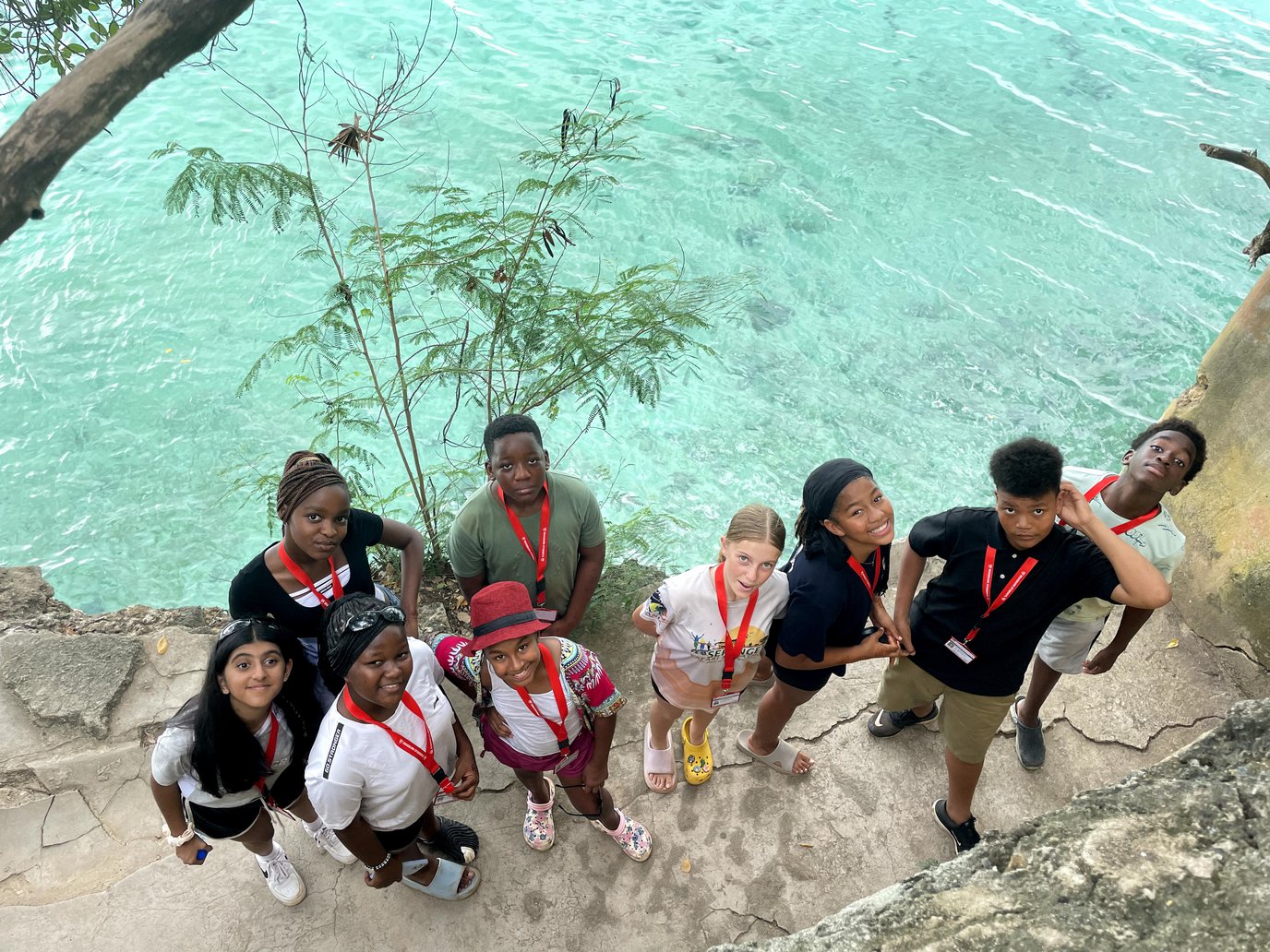
After the austerity and physical challenge of our last trip to Mukuru earlier in the year: rivers of mud, driving rain, etc. Year 8 were much looking forward to an altogether different experience in Tanzania’s touristic palace of pleasure: Zanzibar Island, where the rhythm of life seems to beat to a different tune.
After an uneventful flight, we were met by the ever-helpful Ali and his assistant Hassan. The pair ably shepherded us around the island between the two hotels where we would stay and the variety of cultural, natural and historical activities planned for the students. Our first port of call after depositing our bags and assigning rooms at the hotel would be at the Dhow Countries Music Academy. The academy specialises in teaching, preserving and promoting the traditional musical styles of the region including Taarab, Kidumbak and Ngoma. They also offer diploma courses, run workshops and have an outreach programme and they are in the process of setting up a small museum of musical instruments, which also highlights the key historical figures of the various musical traditions. Taarab, I’m informed, ‘ blends Qur’anic verses, east African polyrhythm and Indian melodies’. The academy honours one of the pioneers of this music, Siti Binti Saad, born in 1880, she revitalised the music in the early 20th Century and infused it with the Swahili language, a tradition continued to this day by her own Great-granddaughter, Siti Muharam. The musicians treated us to a variety of songs, first of all in the academy, then shortly after in the labyrinth that is Stone Town, much to the joy of the students and passers-by alike, toe-tapping and musical gyrations a must.
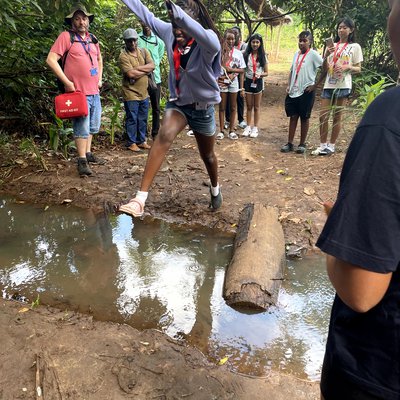
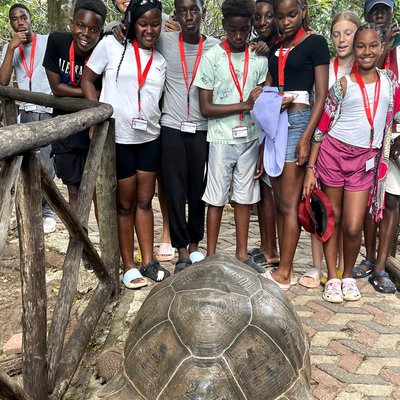
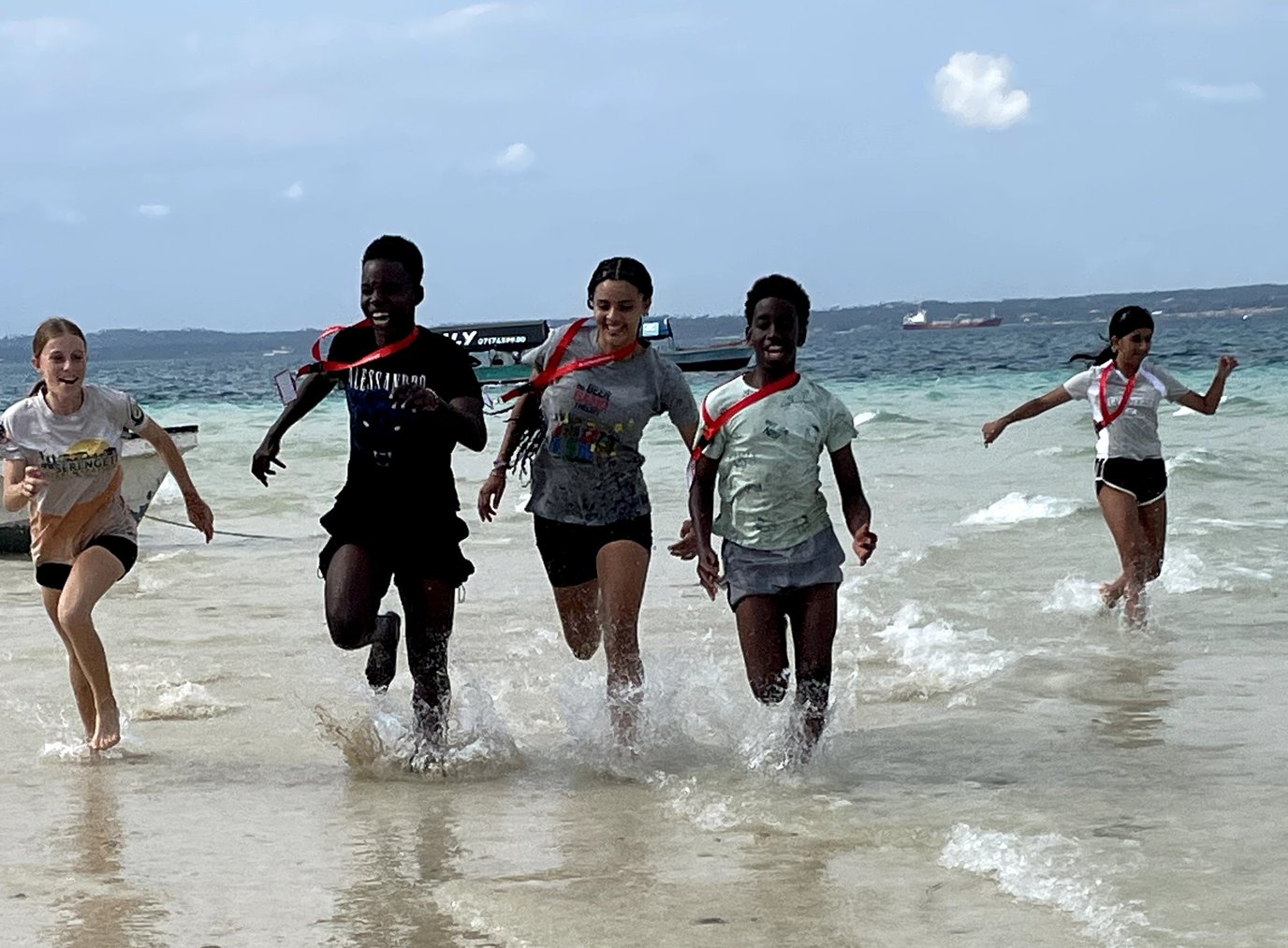
All of which had helped us work up an appetite, and so we made our way for dinner in the famous Forodhani Gardens. If you are unfamiliar with this place, you will find along with the legions of tourists and cats a smorgasbord of culinary delights from the region including the more affordable and reliable shawarma to the more unreasonably priced sea-food on display for an uncomfortably long time in the sweltering heat of a Zanzibar evening. After all the excitement of our first day was over, we repaired to the hotel and our energetic students made the most of the gym and steam room before retiring to bed at 10.00 pm with their devices safely stored in the teachers’ rooms for the night.
The next day would begin with one of Zanzibar’s famous spice tours, followed by a trip to Prison Island in the afternoon. The whole class clamoured for my insect repellent before entering the forest and being given a good workout as we made our way in the sunshine around vanilla, saffron, and berries for lipstick, discovering all of their different properties and uses as well as the history of the spice trade in the region. The end of the trip brought crowns and garlands woven from leaves with Muhammed proclaiming himself an African King. We also witnessed one of the staff climb to the top of one of the coconut trees with nothing but his skill, strength, agility, and a song, which the students joined in to support him. Refreshed with coconut water and lunch, we then made our way back to Stone Town to take a boat the twenty or so minutes over the water to the intimidatingly named Prison Island.
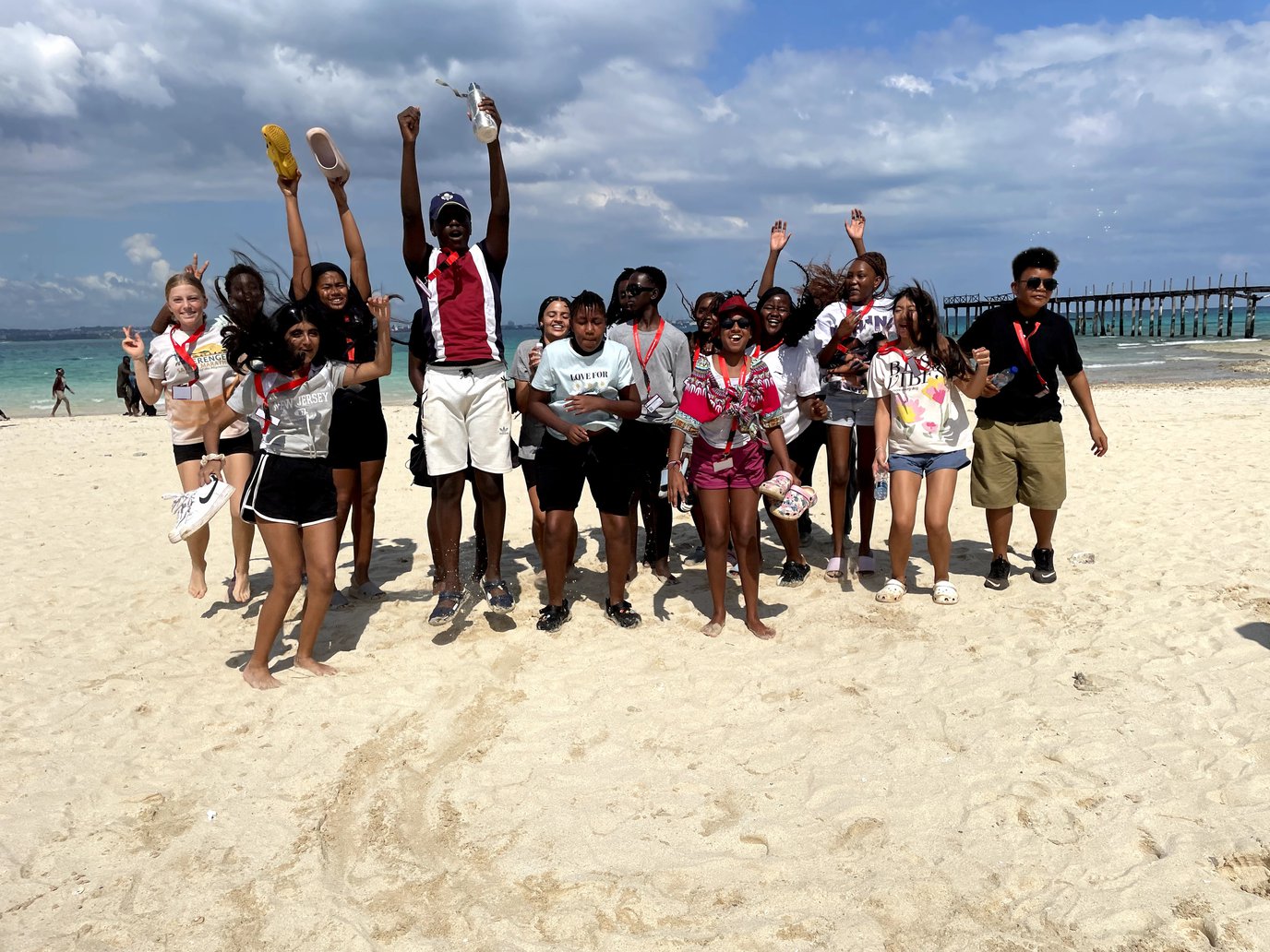
It turns out to be a misnomer as although the buildings on the island had been designated for incarceration way back in the 1890s, they were never used for that purpose. The two neighbouring islands: Snake & Cemetery conjure images of a child’s map for Treasure Island or Peter Pan, but they were actually involved in the quarantining of people during outbreaks of yellow fever in the early 20th Century. The island itself has a small, well-displayed museum that informs you of its history, which the students saw before going to visit its most elegant and elderly residents in the form of peacocks and giant tortoises in their enclosure. It is no longer allowed to pet and feed them as I had done two years ago when Spanish tourists were eagerly feeding them leaves of lechuga. I think they looked like they missed it. When you are over 150 years old, I think you are entitled to a few creature comforts.
Afterwards, the students took their first, quick dip in the sea as we waited for the boats to take us back to the mainland; we hastily boarded them as the returning tide began to swallow the diminishing beach. We returned to the hotel for pool time and an excellent BBQ served in the garden.
The next day, we checked out of the hotel and took the tour of historic Stone Town pausing in the Portuguese Fort which is now home to music festivals, souvenir shops and a fine art gallery and studio ensconced in one of the turrets. The main part of the tour is an emotional visit to the Anglican Cathedral of Christ Church, which casts a heavy shadow over the sad and shameful history of the slave trade. The well-presented museum tells many harrowing tales of man’s inhumanity to men, women and children over four tragic centuries. It should always be shocking to know that the vile practice was finally outlawed only in 1907. Swedish artist, Clara Sörnäs created the sculpture in the grounds of the cathedral, a sobering reminder of how people were treated then with the solemn figures sunk below us in their pit, their limbs moulded into their bodies emphasizing their immovability. More powerful are the two small, low-ceiling rooms open to the public where up to 65 people were kept in each cell while waiting to be taken to auction. Five minutes in there is too much, never mind being shackled next to three-score of people for days without adequate food and water in the hot, humid temperatures of Zanzibar.

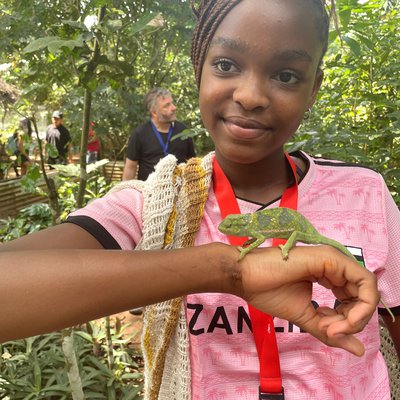
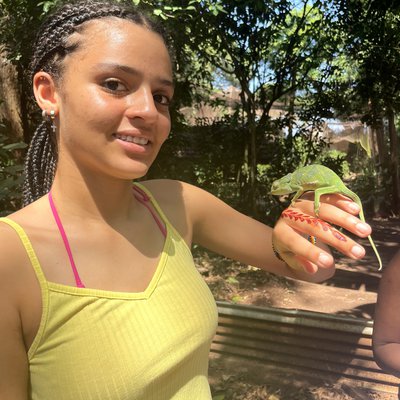
Once out of Stone Town, our bus took us to the next destination which was the beautiful Kuza caves. We had lunch there and then descended into the grotto-like entrance. Water shoes are a must on the descent as the rocks are slippery, but once in, the cool, clear water is a joy to swim in and an escape from the heat of the afternoon sun. Refreshed, we continued a short distance to Jambiani and booked into our second hotel close to the beach on the south-east of the island. We finished our day with a combination of beach and pool time.
Tuesday morning took us to the Jozani forest where we were guided around to see Colobus monkeys, the mangrove swamps, and then on to the butterfly sanctuary to learn about their ephemeral, six-week life cycle. The visit finished with an encounter with the chameleons who playfully crawled over arms and heads before we had lunch and headed back to the hotel for a final session at the beach and the pool. We had a very early start back to Braeburn the next day, so room and bag inspection was done that night as we would have to wake up at 4.30 am to ensure we could get back to the airport on time for the 8.00 am flight. Ten minutes of noise at the beginning of the journey with their packed breakfasts was soon replaced with somnolence until we arrived at the airport. We thanked our guides and headed home. We also thanked Ms Wright who came with us and we had a chance to learn a little Spanish with her frequent cries and interjections of iMamacita! Usually a comment on the idiosyncratic driving skills of other road users.
I think they enjoyed their calm, relaxing time there in the pools and beach resorts of Zanzibar; next year we’ll be climbing Little Meru.
Article by Philip Parham
